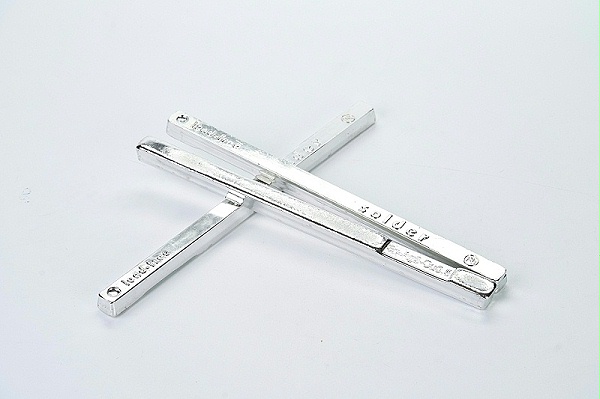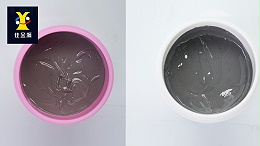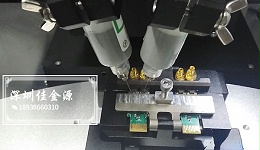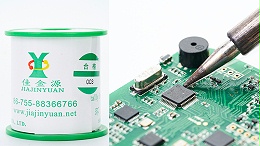
1.QFPThe solder joints deteriorated for the second time when exposed to heat
Some on the front of the circuit boardQFPThe pins are first stabilized by reflow soldering with lead-free solder paste. There are adverse phenomena such as melting and falling off (people on the reverse side of the secondary reflux circuit board will be even worse).
QFPEspecially near high-temperature tin fillingPTHThe pins are prone to hot cracking and floating because during wave soldering, the amount of solder and heat jump from the bottom to the top (the larger the pore size, the more severe the loss), which will cause nearby SMT The pins soften and the pin stress enables them to reach 201°C It pops up.
If the original electroplating layer is a thin film of tin-lead alloy or tin-bismuth alloy, even though it has been usedSAC305Solder paste soldering, but in177℃It may partially form at that timeSn36Pb2AgThree-phase low-melting-point alloy orSn52Bi30PbThree-phase alloy98°CSo this kindQFPThe pins may corrode again, so when reheated, they may crack due to the original stress and local melting of the pins.
To preventSMTWhen the solder joint is heated again, it will expand and break the plate and holes. Aluminum plug holes can be used, and a special heat insulation tray can be installed on the bottom surface of the wave soldering, and a special heat preservation tray can be installed on the top surface. Measures such as setting up heat-resistant covers.
The fundamental solution is to completely eliminate any lead sources, avoid using lead films or solders containing bismuth, and the correct approach is to completely prevent the occurrence of local low melting points.

Second, repeated wave soldering leads to ring damage
SACLead-free solder is used in wave soldering, and the solder temperature during the process is usually as high as265°C. Welding surfacePTHThe edge of the hole has been severely corroded. Once the second wave soldering is carried out, not only will the copper layer at the edge of the hole be corroded and thinned, but also if the bottom is cracked, the copper ring on the base plate may be eroded by the tin wave, causing damage to the ring. After two lead-free wave soldering circuit boards, the tin-filling holes are almost all on the multi-layer board.B-StaeResin cratering problems occurred at the laminated film. In addition, if there are small area micro-cracks in the local area of the sheet, once the physical properties of the copper plating layer are poor, it may even cause a risk of hole breakage.
Therefore, it is best to only perform single-wave soldering and avoid secondary wave soldering to reduce scrapping.
3.Tin-filling in this porous area may cause the board to explode
BGAThe old design of the backplane often densely set many vias as interlayer interconnection functions for multi-layer cabling. When these dense hole areas are tinned by soldering, a large amount of heat will rush in, which is a pair of multi-layer boardsZThe carrying capacity of the direction is highly challenging and often leads toZWooden boards with directional cracking or even broken holes. In addition, the close-hole area also has fillers for soldering connector pins. Although the heat generated by tin plating is still considerable at this point, part of it has been absorbed by the pins, so the boardZThe crack in the direction is lower than the hollow hole. If the thickness of the copper hole reaches0.7milThe elongation of the copper plating layer can still be maintained at or above20%As mentioned above, the aspect ratio will not be too high, and there will be no risk of hole breakage.
In the absence of professional protectionLead-free solderingHigh temperatures often cause a lot of trouble, so it is necessary to take preventive measures in advance to avoid adverse situations.



